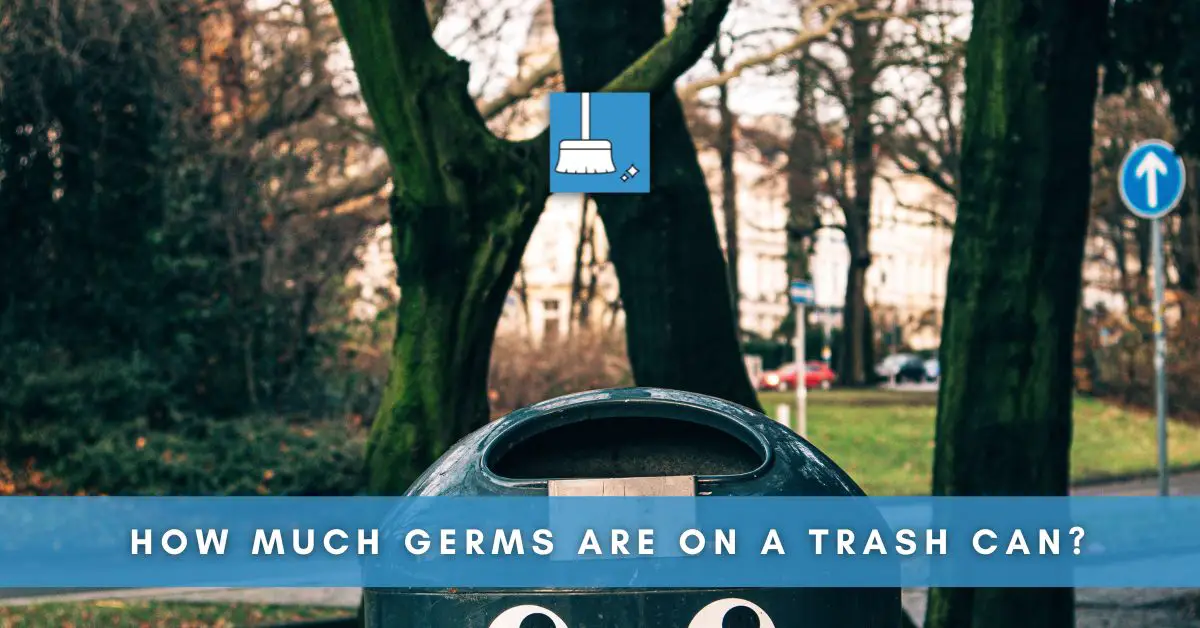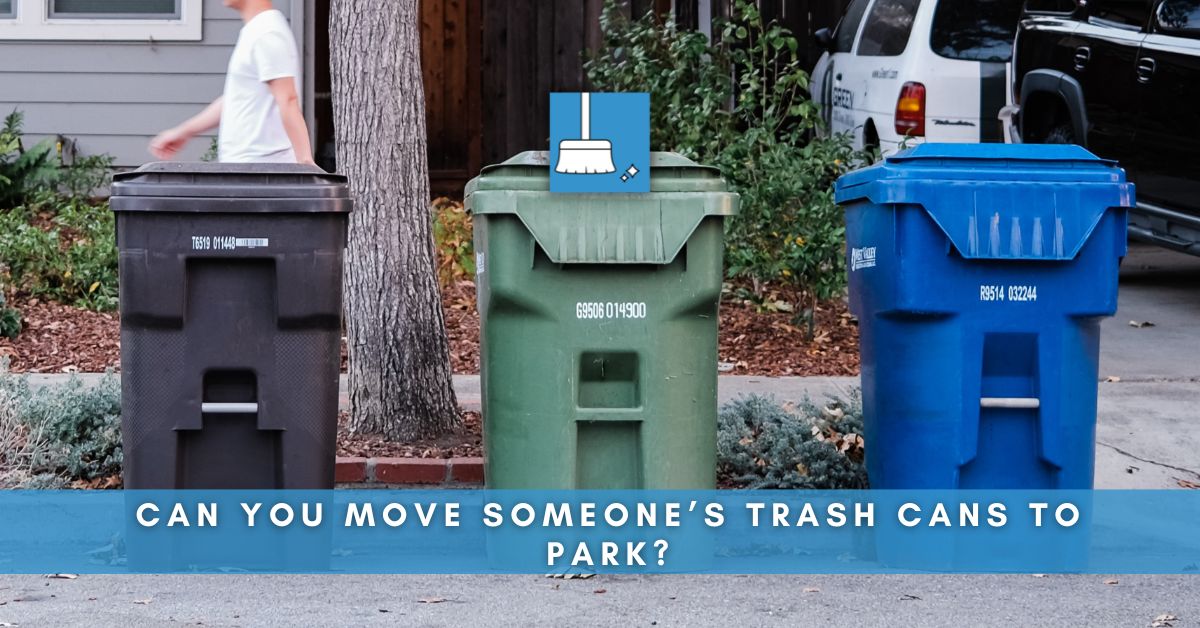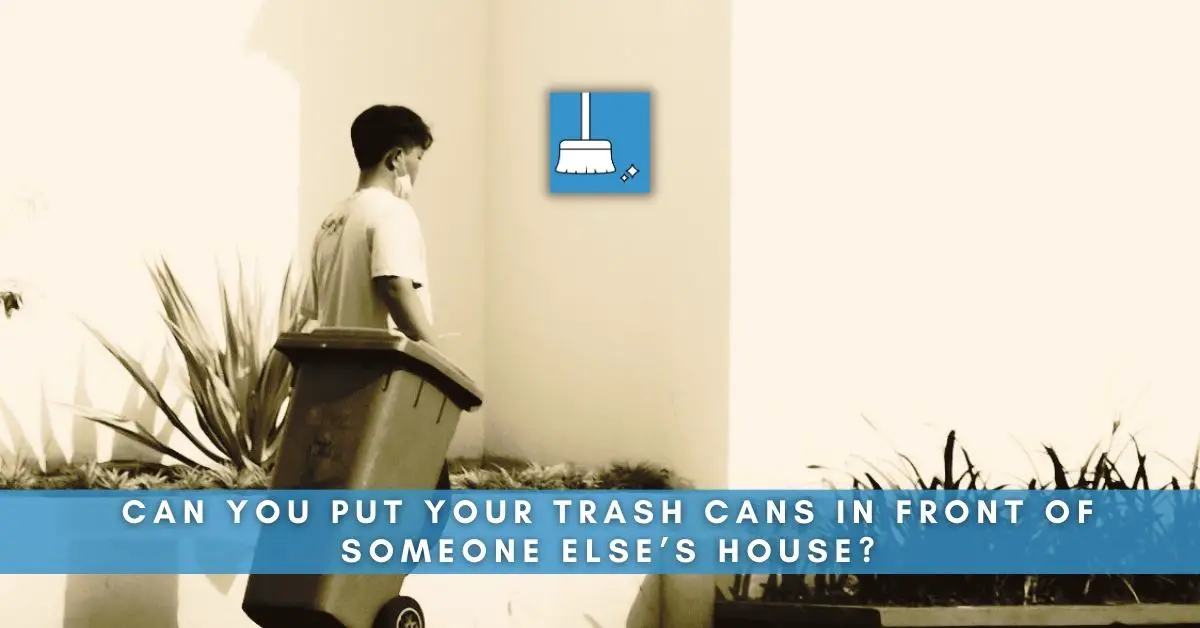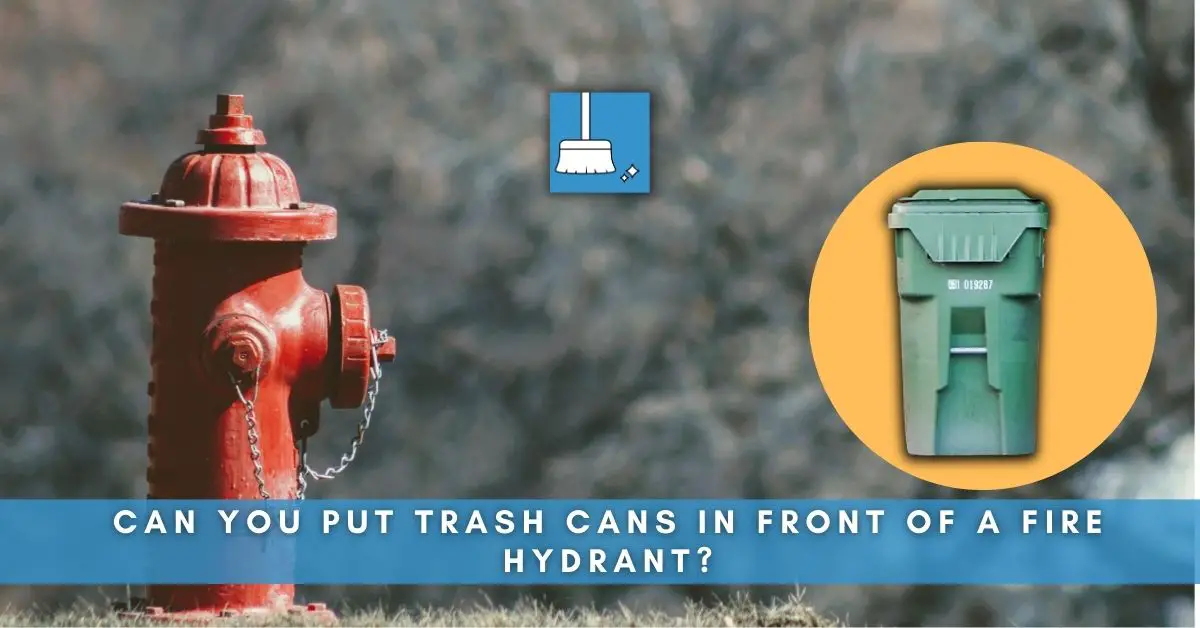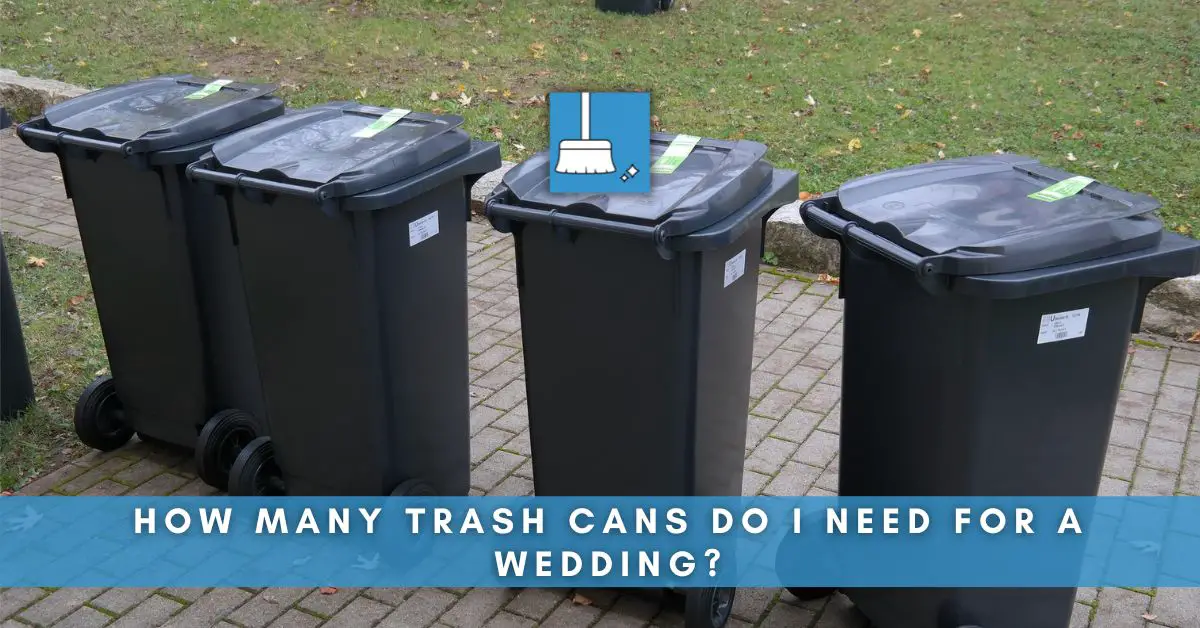We encounter trash cans every day, whether they’re in public spaces or in our own homes, but we often overlook the potential for bacteria and viruses to thrive on these frequently touched surfaces. In this blog post, we’ll delve into the world of germs and explore just how much of a breeding ground your trash can may be.
Common Germs Found on Trash Cans.
Here are some common types of germs that you may find on trash cans:
Bacteria
Trash cans are a breeding ground for bacteria, as they often contain organic waste and other materials that can support bacterial growth. Some common bacteria that can be found on trash cans include:
-Escherichia coli: This bacteria is commonly found in feces and can cause severe gastrointestinal infections if ingested.
-Salmonella: Trash cans contaminated with Salmonella can cause food poisoning if the bacteria come into contact with food or other surfaces.
-Staphylococcus aureus: This bacteria can cause various infections, including skin infections and respiratory infections.
Viruses
Like bacteria, viruses can also be present on trash cans. Some common viruses that may be found include:
# Norovirus: This virus is highly contagious and can cause gastrointestinal infections, leading to symptoms such as vomiting and diarrhea.
# Rhinovirus: This virus is responsible for causing the common cold.
# Influenza virus: Trash cans can also harbor influenza viruses, which can cause respiratory infections.
Fungi
Trash cans can also support the growth of fungi, particularly mold. Mold spores can be present in the air and can settle on trash cans where there is moisture and organic material present. Some common types of mold that can be found on trash cans include:
- Aspergillus: This mold can cause respiratory infections and allergic reactions in some individuals.
- Penicillium: Trash cans contaminated with Penicillium mold can trigger allergies and respiratory symptoms.
Factors Contributing to Germ Build-up on Trash Cans
Trash cans are commonly overlooked when it comes to cleaning and disinfection, but they can harbor a significant amount of germs and bacteria. Several factors contribute to the build-up of germs on trash cans, including:
1- Improper Disposal of Waste
Food Waste
When food waste is not properly sealed or bagged before being thrown into the trash can, it can attract pests such as flies, rats, and cockroaches. These pests can carry bacteria and other pathogens, which can then contaminate the trash can’s surfaces.
Liquids and Leaks
Liquid waste, such as leftover drinks or cleaning fluids, can leak from bags or containers and accumulate at the bottom of the trash can. This creates a moist environment that promotes the growth of bacteria and fungi.
2- Lack of Cleaning and Disinfection
Infrequent Cleaning
Trash cans that are not regularly cleaned allow for the accumulation of dirt, grime, and organic matter. This provides an ideal breeding ground for bacteria and other microorganisms.
Inadequate Disinfection
Even if a trash can is cleaned regularly, if proper disinfection is not performed, it may still harbor germs. Disinfection involves using a suitable disinfectant that can effectively kill bacteria, viruses, and other pathogens.
3- Environmental Factors
Humidity: High levels of humidity can create a moist environment inside the trash can, promoting the growth of bacteria and fungi. This is particularly common in locations with tropical or humid climates.
Temperature: Bacteria thrive in warm temperatures, so if a trash can is placed in a hot environment or exposed to direct sunlight, it may promote bacterial growth.
Ventilation: Inadequate ventilation can lead to poor air circulation around the trash can, causing unpleasant odors and allowing germs to multiply.
Health Risks Associated with Germs on Trash Cans
When we dispose of garbage, we often come into contact with these contaminated surfaces, putting ourselves at risk of various health issues.
Here are some health risks associated with germs on trash cans:
A- Spread of Illnesses
When we touch a contaminated trash can surface and then touch our faces or food, we can easily transmit these harmful microorganisms to our bodies. Some common illnesses that can spread through contaminated trash cans include:
*Stomach viruses: Bacteria like Salmonella and E. coli can contaminate trash cans through food waste, leading to gastrointestinal issues.
*Respiratory infections: Viruses like rhinovirus and influenza can survive on trash can surfaces, leading to respiratory infections when inhaled or transferred to the face.
*Skin infections: Bacteria like Staphylococcus aureus can cause skin infections when they come into contact with cuts or openings in the skin.
B- Increased Allergies
Trash cans can also contribute to increased allergies in individuals who are sensitive to allergens. When trash accumulates, it can attract pests like cockroaches, flies, and rats, which carry allergens in their saliva, droppings, and body parts. Some allergens found in trash cans include:
- Cockroach allergens: Cockroach droppings and shed skin contain allergenic proteins that can trigger allergic reactions, especially in individuals with asthma.
- Mold spores: Trash cans provide a warm and moist environment that promotes the growth of mold. Mold spores can become airborne and cause allergic reactions when inhaled.
C- Deteriorating Air Quality
As trash decomposes in the can, it releases unpleasant odors and gases. These odors, along with volatile organic compounds (VOCs) released by decomposing organic matter, can contribute to poor indoor air quality.
Prolonged exposure to foul odors and VOCs can cause symptoms such as headaches, dizziness, nausea, and respiratory irritation.
Methods to Reduce Germs on Trash Cans
There are several methods you can use to reduce the presence of bacteria and viruses on your trash cans. By implementing these practices, you can help maintain a clean and hygienic environment in your home or workplace.
Regular Cleaning and Disinfection
One of the most effective ways to reduce germs on trash cans is through regular cleaning and disinfection. Here are some tips to follow:
Use gloves: Before cleaning the trash can, it’s important to protect your hands by wearing gloves.
Remove trash can liners: Take out the trash can liners and dispose of them properly.
Rinse with water: Rinse the trash can with water to remove any loose debris or residue.
Use disinfectant: Apply a disinfectant solution, such as a mixture of bleach and water or a commercial disinfectant spray, to the inside and outside of the trash can.
Scrub and rinse: Use a brush or scrubbing pad to scrub the trash can, paying extra attention to the areas where dirt and grime might accumulate. Rinse the trash can thoroughly with water.
Dry thoroughly: Allow the trash can to air dry completely before inserting a new trash can liner.
Proper Waste Disposal
Proper waste disposal is also crucial in reducing germs on trash cans. Here’s what you can do:
1- Separate recyclables: Separate recyclable items from general waste and dispose of them in the appropriate recycling containers.
2- Wrap food waste: Wrap food waste in newspaper, paper towels, or biodegradable bags before placing it in the trash can. This helps contain odors and prevents the spread of bacteria.
3- Tie trash bags securely: When disposing of waste, make sure to tie the trash bags securely to prevent spills or leakage.
Using Trash Can Liners
Using trash can liners is an effective way to reduce direct contact between the trash can and its contents, preventing the accumulation of germs. Here are some tips:
- Choose the right size: Use trash can liners that fit snugly inside the trash can without leaving excess plastic hanging over the edge.
- Double-bag if necessary: For particularly odorous or leaky waste, consider using double bags for added protection.
- Dispose of liners properly: When removing the trash bag, tie it securely and dispose of it in the appropriate waste container.
By following these methods, you can effectively reduce the presence of germs on your trash cans and promote a cleaner and healthier environment.

